Bukhara is an ancient city in the central Asian country of Uzbekistan. It was a prominent stop on the Silk Road trade route between the East and the West, and a major medieval center for Islamic theology and culture. It still contains hundreds of well-preserved mosques, madrassas, bazaars and caravanserais, dating largely from the 9th to the 17th centuries.
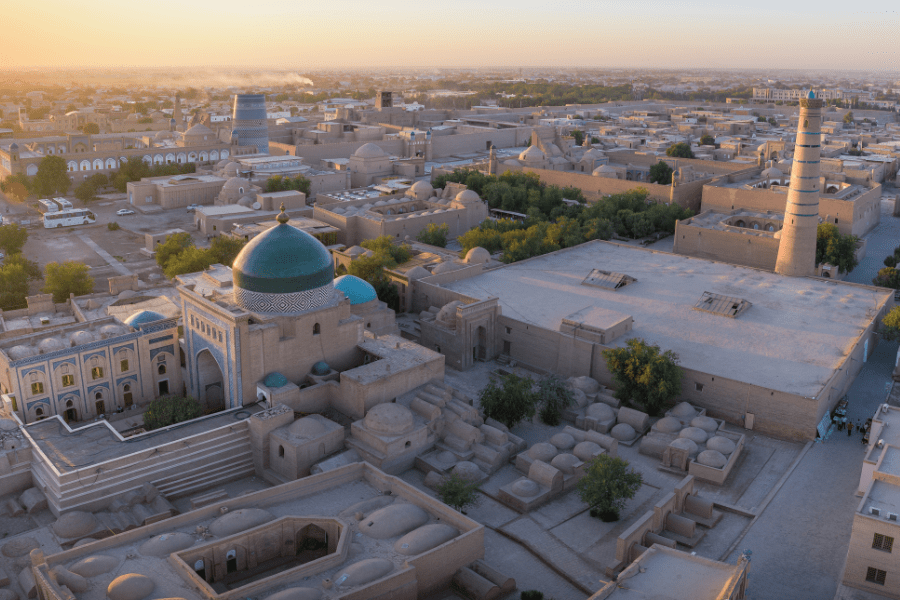
Though the community has decreased significantly over the years, the city of Jewish Bukhara once had a thriving Jewish population. The Bukharan Jews are considered one of the oldest ethno-religious groups of Central Asia and over the years they have developed their own distinct culture. Throughout the years, Jews from other Eastern countries such as Iraq, Iran, Yemen, Syria, and Morocco migrated into Central Asia (by way of the Silk Road).
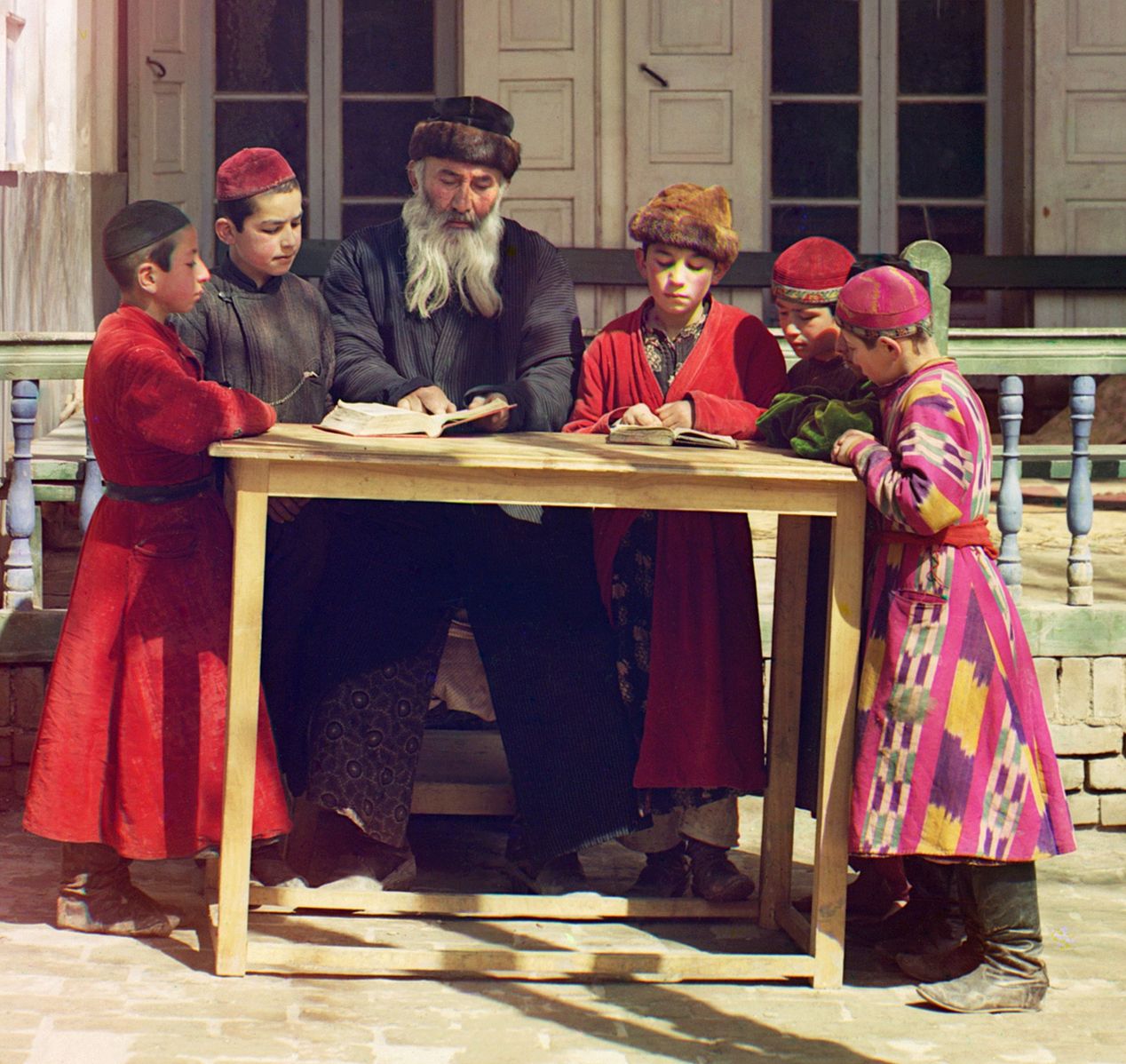
While some Bukharan Jews relate their own ancestry to the period of the Assyrian captivity and exiles from the tribes of Naphtali and Issachar, basing this assumption on a reading of “Habor” at II Kings 17:6 as a reference to Bukhara, Bukharan Jewish tradition generally associates their establishment in the country with the emigration of Persian Jews, fleeing the persecutions of King Peroz I (458–485 CE). Some scholars believe Jews settled in Central Asia in the sixth century, but it is certain that during the eighth to ninth centuries they lived in Central Asian cities such as Balkh, Khwarezm, and Merv. At that time, and until approximately the sixteenth century, Bukharan Jews formed a group continuous with Jews of Iran and Afghanistan.
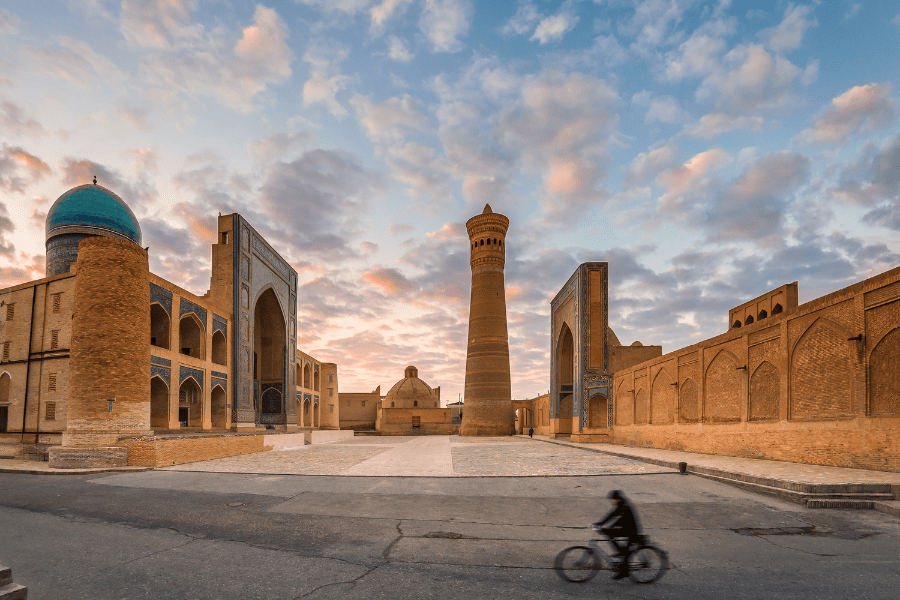
Today, Bukharan Jews represent a small fraction of the total Jewish population in the United States, but the Bukharan community is growing rapidly, especially in Queens, New York. In the past 30 years, the community went from one synagogue to thirty. Out of the total 70,000 Bukharan Jews that are estimated to live in the U.S, approximately 50,000 Bukharian Jews live in Queens, New York.
History of Jewish Synagogue in Bukhara
In the Old Quarter of Jewish Bukhara only two synagogues remained: the nearest and far synagogues. And once there were thirteen. In the 70s, Jews began to leave the Soviet Union, including the countries of Central Asia, and the synagogues were closed. And in Bukhara, the Jewish community has declined significantly: if in the past it consisted of 35,500 people, now there are just over 400 Jews. The rituals in the Bukhara synagogue are virtually indistinguishable from those conducted in Israel. Only bright suzane hanging on the walls tell about the fact that after all this is the synagogue of Bukhara.
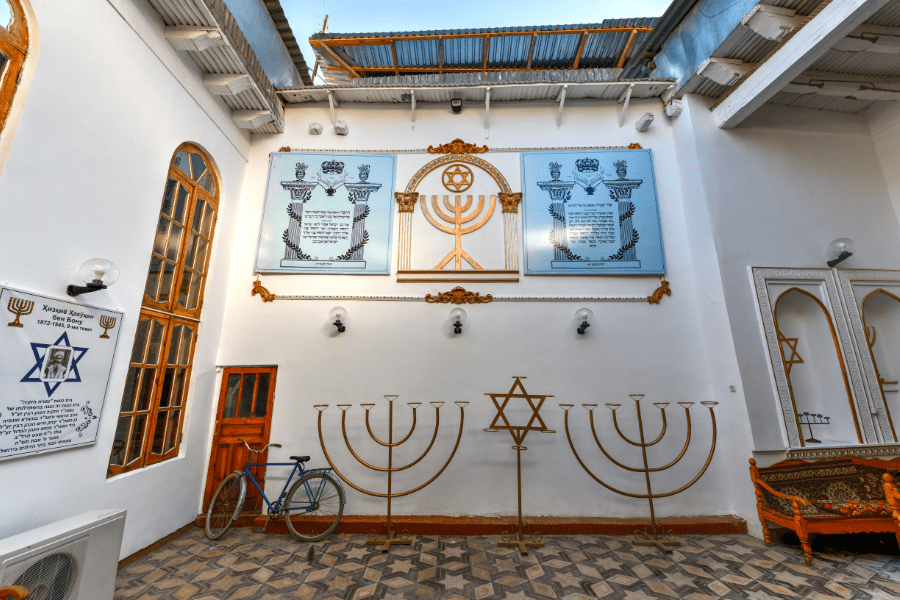
The construction of a synagogue in Bukhara is closely connected with the building of a place quite famous all over the world in the city – the architectural ensemble Lyabi House. As Bukhara scientists assert for the first time this story was mentioned in writing by Z.A. Amitin-Shapiro in 1921. The locals told him about this tradition, and it is this, and no other, that is considered the most faithful to this day. In the XVII century, one of the viziers of Imam Quli Khan built a large mosque in the center of the city, the Honako Nodir Divan Begi. Next to the mosque there was a small courtyard belonging to a Jewish widow. Nodir Divan Begi, having decided that instead of her house a large reservoir could well have been built, he turned to her with a request to sell her yard for any fee. But the widow did not succumb to the vizier’s persuasion and refused his offer.
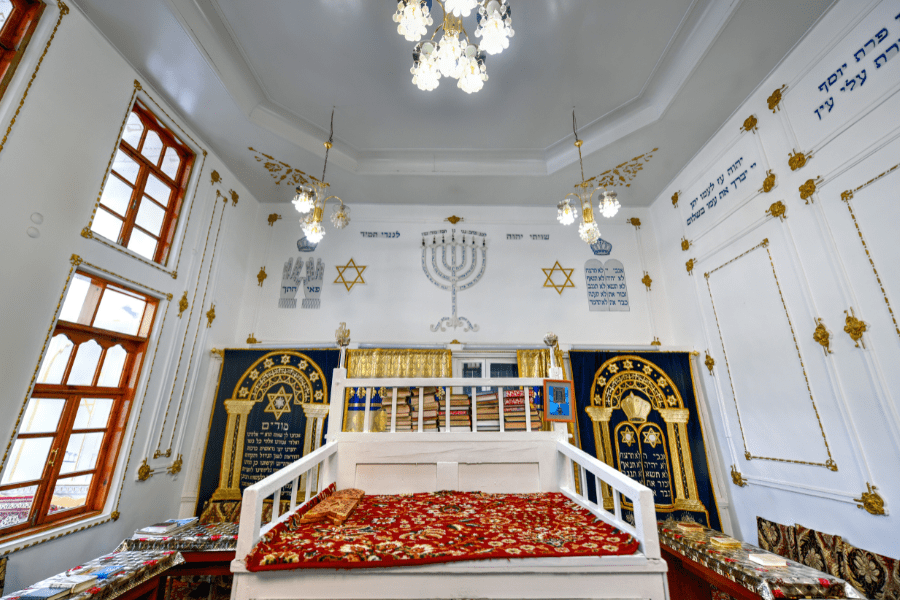
Then Divan Begi turned for help to the Khan, being sure that he would resolve the dispute in his direction, because, as is known, Nodir Divan Begi was the uncle of the Khan. But Imam Quli Khan handed over the consideration of this question to the colleges of muftis who forbade taking the house from the hostess, since the Bukhara Jews paid a tax of “jizya” for the right to preserve their religion and had the same rights as Muslims. The vizier had to confine himself to a reservoir of small size. Then his friends told him to take a small canal (aryk) from the city channel “Shokhrud”, so that it would pass near the Jewish house. The ingenious plan worked. When the water began to wash away the foundation of the house, the woman turned to Nodir Divan Begi, to which he responded with the same conditions. The widow had no heirs and she did not need the money. She agreed to a deal with an official on her own terms, which provided for the issuance of a site for the construction of a Jewish synagogue in Bukhara. Nodir Divan Begi agreed with the woman and gave her his plot of land, which was located not far from her old house. Jews built a synagogue here, and the vizier expanded his reservoir to its present size. It is known that the woman, after the construction of the synagogue, lived on its upper floor, but unfortunately her story did not preserve her name.
Today, the synagogue is also a monument of antiquity and is under state protection. This Bukhara synagogue keeps the Torah, which is 500 years old. The synagogue in Bukhara is visited by many tourists, visitors to the city, and high-ranking officials.
Members of the community of Bukhara Jews piously honor the memory of their ancestors. In the place of honor in the synagogue there are photographs of 18 rabbis who in different years lived in Bukhara.
The Bukharian Cemetery
The Bukhara-Jewish cemetery is located in the area of the “Old town”. The graves are dated back to 1945. The approximate number of graves exceeds 10,000 people. The cemetery consists of several sectors. The state of graves and tombs is good. The relatives who still live in the country visit the graves on holidays and at the date of death.
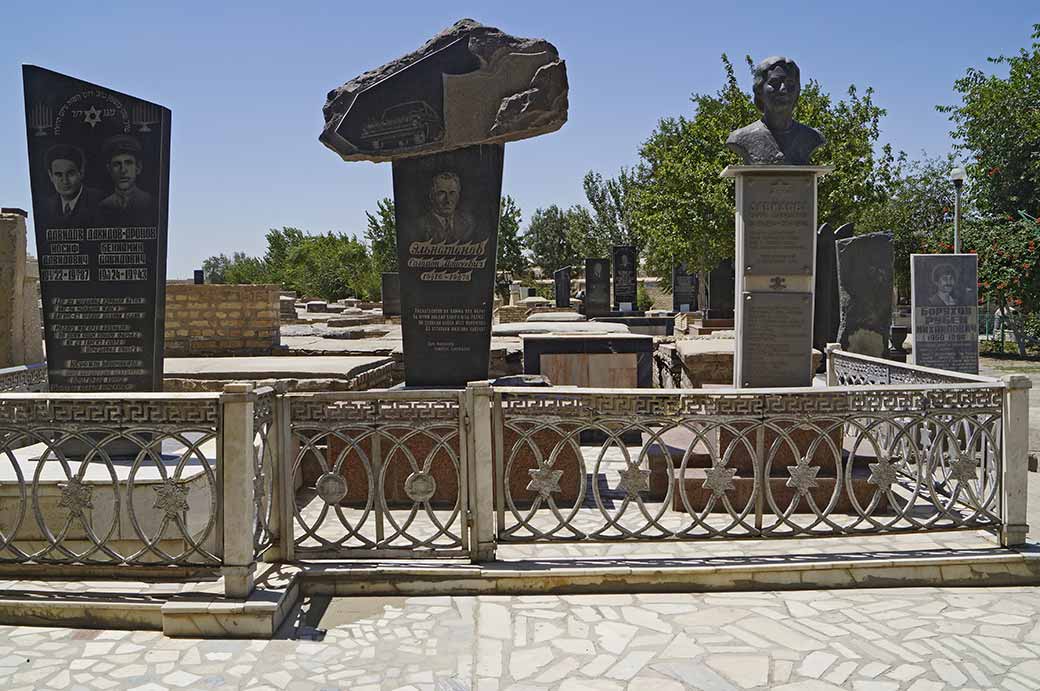
There are some famous people whose graves are located at the cemetery:
- Composer, People’s artist of Uzbekistan Suleyman Yudokov (died in 1990)
- Honoured coach of Uzbekistan R.R. Davidov (died in 1963)
- Honoured artist of Uzbekistan, professor Yu. Ishokov
- People’s artist of Uzbekistan M. Leviev (died in 1990)
- Doctor of philology sciences, professor N.M. Mallaev (died in 1996)
- People’s artist of Uzbekistan E. Kalantarov (died in 1984)
- People’s artist of Uzbekistan M. Yakubova (died in 1987

